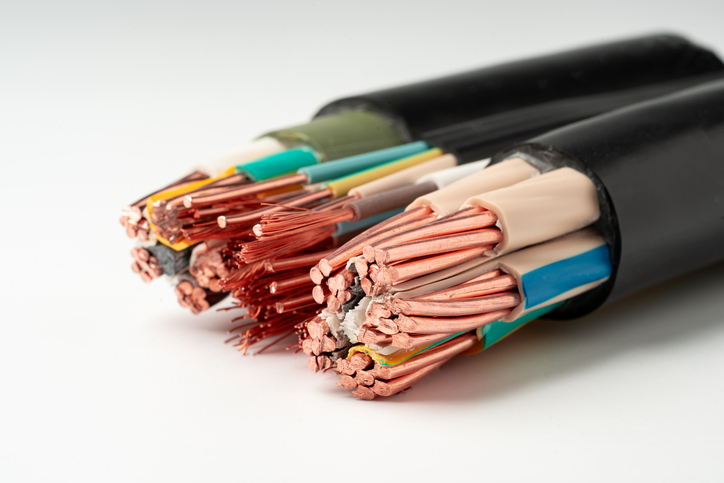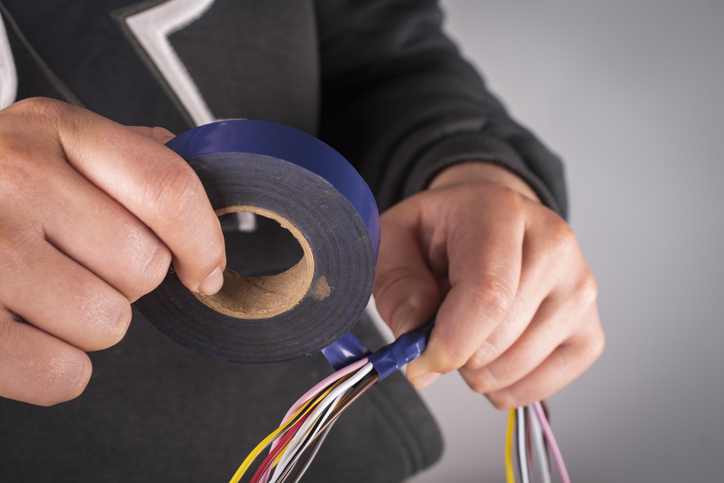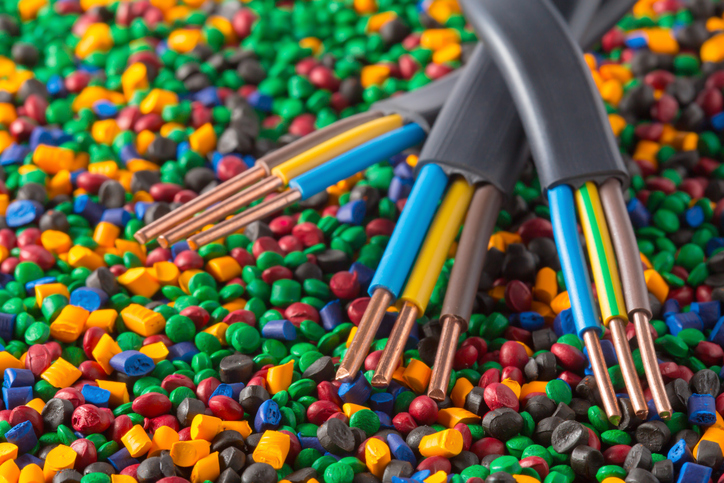Low Smoke Zero Halogen Compounds
What Does LSZH Stand For?
LSZH, or Low Smoke Zero Halogen, refers to a type of compound that is engineered to produce minimal smoke and non-toxic emissions when exposed to fire. This makes LSZH cables an essential consideration in environments where fire safety is paramount.
The Role of Halogens in Combustion
Halogens, which include elements like Fluorine, Chlorine, Bromine, Iodine, and Astatine, are known for their high reactivity and toxicity. When these elements are present in cable materials, they can create significant hazards during a fire, making it critical to understand the differences between LSZH and non-LSZH cables.
How LSZH Cables Differ from Non-LSZH Cables
The primary distinction between LSZH cables and non-LSZH cables lies in the materials used for insulation and sheathing. LSZH cables are designed with zero halogen content, meaning they do not emit toxic fumes, generate minimal smoke, and avoid producing corrosive or caustic acids. These characteristics make LSZH cables ideal for use in areas where human safety and the protection of property are top priorities.
On the other hand, non-LSZH cables, often referred to as halogenated cables, contain compounds such as PVC (Polyvinyl Chloride) that include halogens. During combustion, these cables release highly toxic fumes that can cause severe irritation to the eyes, nose, mouth, throat, and lungs. In high concentrations, these fumes can be fatal.
The Dangers of Non-LSZH Cables During a Fire
One of the most significant risks associated with non-LSZH cables is the production of dense, black smoke when they burn. This smoke can quickly obscure visibility, making evacuation efforts difficult or even impossible. A single meter of burning PVC cable, weighing approximately 0.85 kg, can fill a 1,000 cubic meter room with thick, toxic smoke in under five minutes.
In addition to the immediate health hazards, the combustion of halogenated cables also leads to the formation of hydrochloric acid. This corrosive substance is not only harmful to humans but can cause extensive damage to property, attacking electrical switchboards, motors, fixtures, and even structural elements of a building. In severe cases, the damage can be so extensive that demolition is required.
Why Choose LSZH Cables?
Given the significant risks associated with non-LSZH cables, LSZH cables are increasingly being chosen for installations where safety is a concern. These cables provide a safer alternative by minimizing the potential for toxic emissions, smoke generation, and acid formation during a fire. By choosing LSZH cables, you are prioritizing the safety of people and the protection of property, making them the preferred choice in critical environments.
Understanding the differences between LSZH and non-LSZH cables is crucial in making informed decisions about cable selection, particularly in environments where fire safety is of utmost importance. LSZH cables offer significant advantages in reducing the risks associated with fire, making them a wise choice for those looking to enhance safety and minimize potential damage in the event of a fire.
Related Resources

Popular Insulation Types
Insulation is a critical component of any wire conducting an electrical current . The right type of wire insulation is determined by numerous factors, including stability, required life, dielectric properties, temperature and moisture resistance, mechanical strength, and flexibility.Learn More
Tape Types
Tape insulations play a crucial role in providing electrical insulation , particularly in scenarios where other materials might fall short.Learn More
Popular Jacket Types
Jackets cover and protect the enclosed wire or core against damage, chemical attack, fire and other harmful elements which may be present in the operating environment. Learn More


